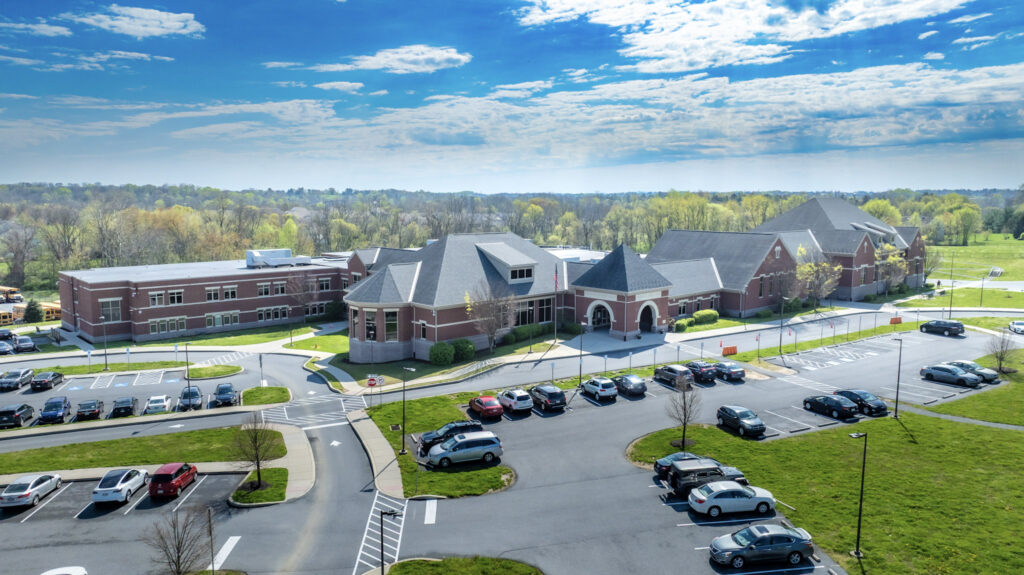Modernizing facilities and improving learning environments
Some of our current buildings, including Hamilton and Price elementary schools are aging and underutilized.
Consolidation and realignment allows the district to:
Build new, state-of-the-art campuses.The new elementary school (opening in 2029) will combine Hamilton and Price students into a single building, while Wheatland Middle School (opening in 2030) will serve students from Smith-Wade-El, Martin, Lafayette, and Wharton Elementary Schools.

Realign schools for optimal use. E.R. Martin will become a PreK–5 elementary school, ensuring learning spaces are sized and designed for today’s students as in every other elementary school in the district.

Create safe, inspiring spaces. It is long past time for students at Hamilton, Price, and Wheatland to go to school in modern, climate-controlled spaces. Modern buildings also provide flexible classrooms, labs, and collaborative areas that support a variety of teaching and learning styles.
Rightsizing to help ease deficit pressures
By consolidating schools and optimizing facility usage, the district projects $18.2 million in savings over three years.
This reduction in operating costs helps ease the burden on the district’s general fund and supports reinvestment in student-centered initiatives.
To ensure efficient use of space and resources, the district is targeting 80–90% utilization rates across its schools. This benchmark helps maintain optimal class sizes while reducing excess operational costs. We are well below this rate in several of our schools.
The district has conducted a detailed review of operating costs per school, revealing significant disparities. These findings support the case for strategic consolidation and reconfiguration of facilities to better serve students and staff.
As the Lancaster School District plans for the next phase of its facilities strategy, financial sustainability remains a top priority. The district faces a structural deficit under current conditions, but proposed changes offer a path toward long-term fiscal health.

